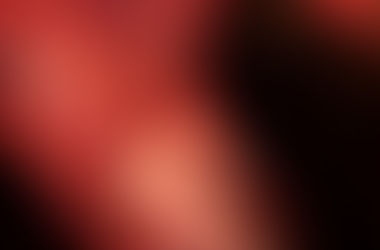Bittere Oogst (2025)
- Richard Kofi
- Jun 1, 2025
- 3 min read
Design company Thonik and I designed the poster for the exhibition Bittere Oogst at the Valkhof Museum in Nijmegen, which also includes my project Threads of our Dutch Slavery Past as an integral part of the program.
From April 18 to August 31, 2025, Valkhof Museum presents the exhibition Bittere Oogst/Bitter Harvest. The exhibition reveals the hidden history of slavery and resistance through a unique diorama of a Surinamese coffee plantation from 1823, crafted by Gerrit Schouten. What at first glance seems like a neat and prosperous plantation conceals a harsh reality: the lives and struggles of more than 140 enslaved people. Historical documents, artworks, and stories from their descendants bring this history to life and show how it continues to shape the present.
Through the Looking Glass
At the heart of the exhibition is the diorama (a peep box) of the Kerkshoven coffee plantation, created by artist Gerrit Schouten at the request of plantation owner Gerard de Putter. In 2017, Museum Bakkie in Suriname pointed out the historical significance of the diorama to Valkhof Museum. The artwork depicts an idyllic world: green fields, neatly laid paths, a large coffee shed, and a small boat in the foreground—where the plantation director stands proudly, dressed in his finest clothes.
Today, we know better. Hidden behind this manufactured reality are the lives, struggles, resistance, and resilience of more than 140 enslaved people. Long workdays, forced labor, and resistance—through sabotage, escapes, and uprisings. Bitter Harvest highlights not only oppression and exploitation but also the strength and the ways in which enslaved people drew power from each other, their culture, and their community.
A Broader Perspective: History Beyond the Frames Using the diorama as a central thread, the exhibition takes you on a journey that goes deeper than what first meets the eye. Historical documents—maps, archival materials, and old photographs—reveal the structures of exploitation and slavery. Works by Surinamese artists, past and present, stories from descendants, and objects from the plantation bring hidden stories of resilience, resistance, and strength to life. New research into Nijmegen’s involvement in the history of slavery shows how the city itself played a role at an administrative level.
Bitter Harvest invites you to look, listen, and gain insight into a shared past that is still palpable and continues to shape the present. It asks us to pause and reflect on the true cost of this harvest—and to look beyond the façade.
Threads of our Dutch Slavery Past (Draden van ons slavernijverleden)
In addition, the museum is one of the creative hubs for the Gelderland edition of Threads of our Dutch Slavery Past, a monumental textile artwork designed by me. This collaborative work will be created during the months surrounding the exhibition by volunteers, visitors, and communities. Everyone is welcome to contribute through embroidery, knitting, or crochet, quite literally helping to visualize this shared past.
Threads of our Dutch Slavery Past is a unique, 35-meter-long tapestry that embodies the colonial history of Gelderland while also envisioning hope for the future. It highlights the deep-rooted links between Gelderland and the transatlantic slave trade. From merchants in Zutphen transporting enslaved people in 1594, to the region’s involvement in VOC and WIC investments, and the legacy of forced labor and exploitation that funded estates like Ampsen, Middachten, and Rosendael.
The tapestry draws inspiration from research, stories, and symbols such as Paul Gilroy’s Black Atlantic theory, Rinaldo Walcott’s Black Aquatic, and Christina Sharpe’s The Wake and the work of famous Afrofuturists such as Drexciya and Sun Ra. It reimagines painful sites like Huis Zypendael, Huis Roosendaal and Fort Elmina, transforming its Door of No Return into a Door of Return: a gateway to connection and remembrance. Historical figures, like Anna van Vossenburg, Quaco, Christina Marta, and Roosje, reappear in the tapestry as ancestors, offering strength and voice to those whose stories have long been silenced... with a little bit of a vengeance. The poster for Bittere Oogst is made inspired by the same principles.
Through this work, Threads of our Dutch Slavery Past invites us to stitch the fragments of this history together—bringing forth a more complete and healing narrative.


















































Comments